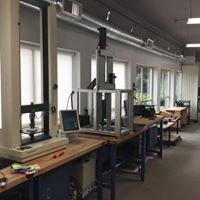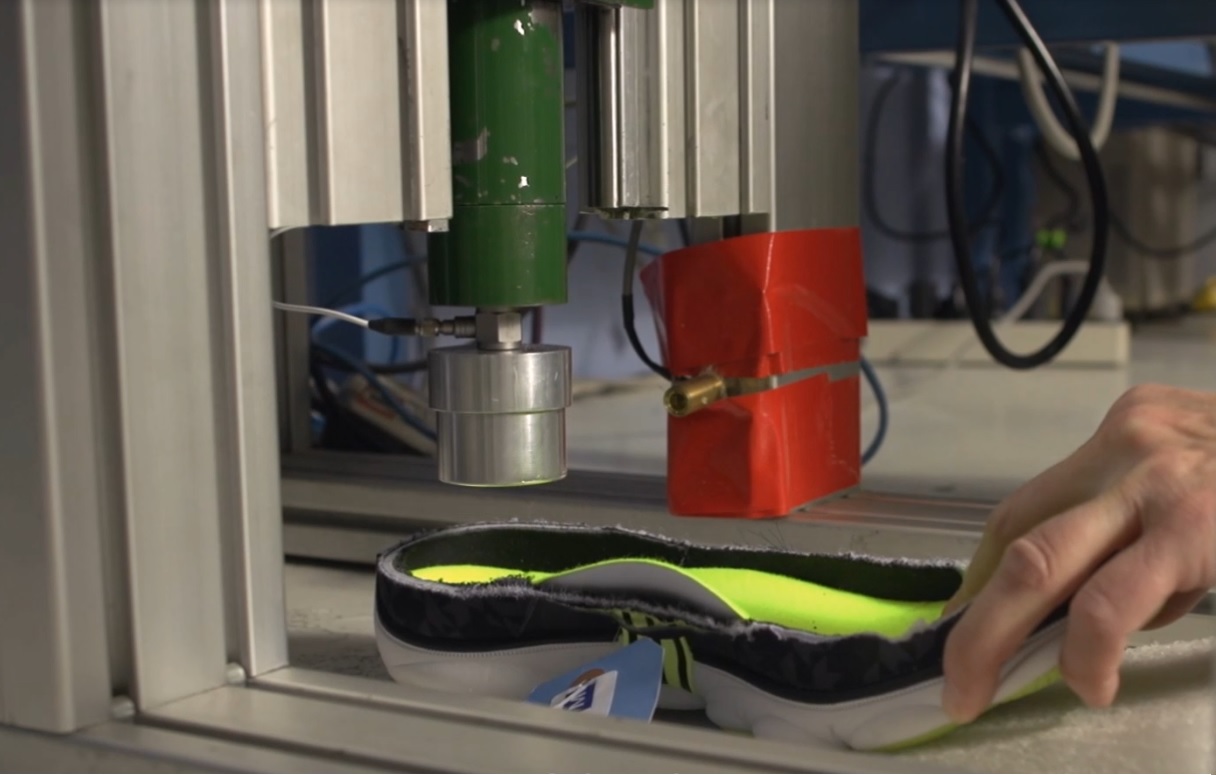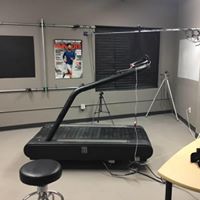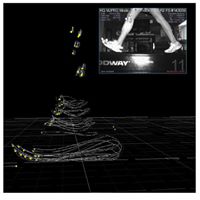
Masterclasses for Footwear
Industry Professionals
CUSHIONING
- THEORY AND APPLICATIONS
Two Days / 16 contact hours
“Cushioning”, “energy return” and “comfort” are not
material properties. They are the outcomes of dynamic
interactions among materials, geometry, load inputs,
biomechanical and psychological processes. All
cushioning materials, systems and materials are
non-linear so linear concepts of “soft” and “hard” are
not applicable. This course is for product engineers,
sports biomechanists and others with similar background
seeking an advanced theoretical and practical
understanding of how cushioning works. It examines the
mechanical and biomechanical principles of cushioning
problems, the biomechanical determination of cushioning
requirements and the matching of materials and systems
with applications to create optimal solutions. While
focused on athletic footwear applications, the course
content is also applicable to sports surfaces, body
protection, helmets and other human protection problems.
A small but important part of this course includes some
mathematical content. Familiarity with college level
math (algebra, calculus) is not required but is
recommended.
In addition to class time, the course includes
laboratory demonstrations and Q&A sessions. The
accompanying course book provided to all attendees
includes notes on all the topics covered, plus
additional details, example data, test results and
design templates.
Topics:
I. Classes of cushioning problems
i. Impact Attenuation;
ii. Load distribution
iii. Psychophysical outcomes
(Comfort, etc.)
iv. Cushioning performance criteria
II. Cushioning Conundrums
III. Quantification of Load & Cushioning
Requirements
i. Force, Shock, Pressure, Impulse
ii. Impact Attenuation, Performance, Comfort
IV. Evaluating Cushioning
i. Mechanical Methods
ii. Biomechanical Methods
V. The Mechanics of Foams
i. Cellular Solids
ii. Types & Examples
iii. Material Properties
iv. Cushioning Properties
v. Density effects
vi. Temperature effects
VI. Material Characterization
i. Material Properties
ii. =Nonlinearity
iii. Cushioning Performance
iv. Energy Return
VII. A Conceptual Framework for Cushioning
i. Tuning and Material Selection
ii. Layers and Moderators
VIII. Cushioning and Curvature
i. Theory
ii. Applications
IX. Cushioning in 3D
X. Cushioning and Comfort
i. Psychophysics
ii. Objective evaluation of subjective responses
XI. Vibration
XII. Grading for Size & Gender
XIII. Cushioning Technologies
All courses are a maximum of
ten participants




